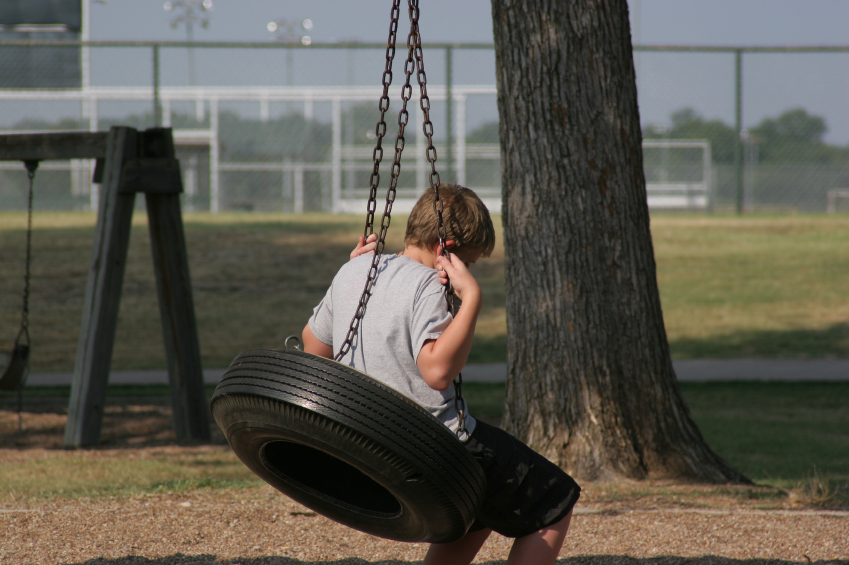Sometimes my autistic son amazes me. How does he go from a
special needs-type of situation to a situation with typical kids? Is he really
this flexible? How are other kids at going back and forth between two worlds?
How can you help your
kids navigate between special needs groups/classes/experiences to more typical
experiences?
My son is in an inclusion class with only typical kids. He
can go from a physical education class where he might discuss dogs with a peer
(while not looking at them), then to a speech class with a peer who is on the
spectrum, then back to his typical class, then later that day to a VIP swim
team practice with kids who flap and jump up and down.
And, he typically does pretty well with this schedule. How
does he do it?
His peers at school kind of know my son by now. They know he
occasionally runs and makes noises, they know he sometimes gets “engine breaks.”
I think most of them have accepted him.
My son knows on his swim team or soccer team, there are kids
who are more like him. At soccer practice, for example, sometimes there are
four or five kids all running around flapping and making “strange” noises.
It’s simply a part of his typical day to go from one
situation to the other. No big deal.
Do all other autistic
kids do as well?
Maybe, maybe not.
Of course, I wish that all autistic kids could go back and
forth with relative ease, but I do understand that not all autistic kids are
made equally. And, it took us a long time to get my son to this point. He has
come a long way.
How can we help our
child go back and forth?
Well, the best suggestion I can give is to first try it.
If your child has a more mild form of autism, for example, I
would suggest a more inclusive educational program where your child is with typical
students. Then, if your child has an after school program, maybe try something
that has more typical kids as well.
Then, other programs you child attends, may usually with
special needs kids.
I think the idea is that eventually your child will have to
live in the real world. They need exposure with special needs peers (to learn
social skills, for example), but they also need to try to find their way with
typical peers.
They have to practice. And, the earlier the better, I say.
If your child is still young, why not try an art class with typical peers on
the same day he has speech and OT?
Has it always been
easy?
Not at all. He has always been more accepted within a
special needs situation than a typical situation. He has sometimes had issues
with a typical peer, for example. Luckily, most of those situations have been
brokered by an aide or a teacher.
One time, for example, he was so obsessed with Minecraft
that he would “stalk” a typical peer. He wanted to talk to that peer so much
about Minecraft that he couldn’t stop himself. The peer eventually mentioned it
to the school teacher who talked to my son’s aide who talked to me. It was
strange explaining the word, “stalking” to my son, but I had to do it.
I had to help him make an adjustment. “You have to give
Johnny a break.”
It was extra work, but I think it paid off.
At least, we tried.
I always think you should try to expose your child to
whatever would help him or her become a confident and integral part of our
society. If your child learns how to go from one situation to another (whether
it’s a special needs-only situation to a more typical situation) then that
flexibility can only be good for him, right.
I think so. That’s what I strive for with my son. And, I
hope you do, too.





